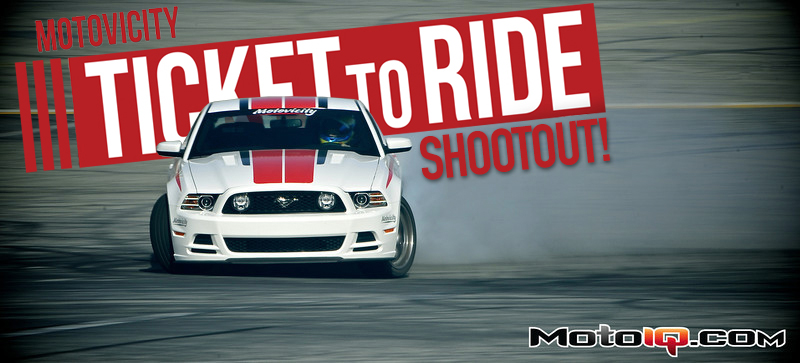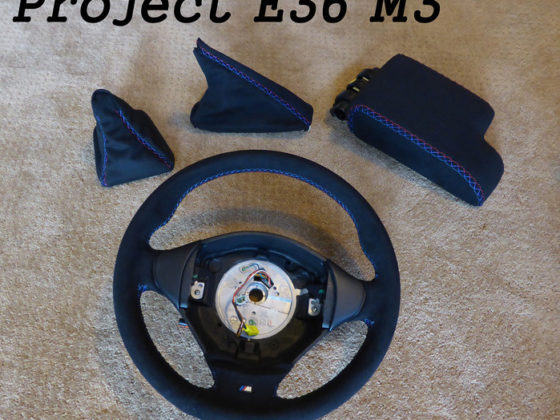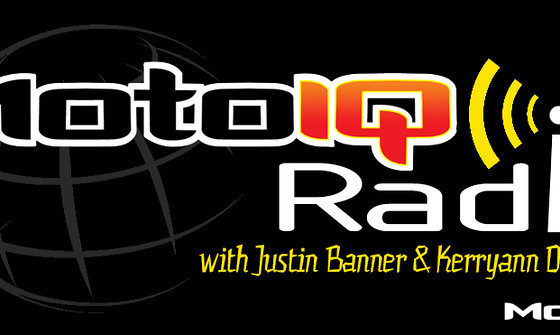,
 The Mustang V8 easily outmatches the power of the small 2 liter in the Scion. With its broad tractable powerband you can’t beat displacement. The stock Mustang made 377.2 whp and 365.5 lb/ft of torque. With the BBK shorty header and cold air intake the Ticket to Ride Mustang pumped out a very respectable 397.7 whp and 382.9 lb/ft of torque.
The Mustang V8 easily outmatches the power of the small 2 liter in the Scion. With its broad tractable powerband you can’t beat displacement. The stock Mustang made 377.2 whp and 365.5 lb/ft of torque. With the BBK shorty header and cold air intake the Ticket to Ride Mustang pumped out a very respectable 397.7 whp and 382.9 lb/ft of torque. The HKS Supercharger is the great equalizer in the power equation, but it still can’t quite make up for displacement against the Mustang. The blower still gives gobs of useable power and the car ran hard on the track all day with no issues. The stock FR-S made 164.2 whp and 134.9 lb/ft of torque while the Ticket to Ride FR-S made a much improved 221 whp and 183 lb/ft of torque with its HKS supercharger and exhaust. This power boost literally brought the FR-S to life and made it a whole lot more fun to drive, especially since it got rid of that pesky power dip the FR-S has in the 3,500-5,000 rpm range. The car should have come from the factory like this!
The HKS Supercharger is the great equalizer in the power equation, but it still can’t quite make up for displacement against the Mustang. The blower still gives gobs of useable power and the car ran hard on the track all day with no issues. The stock FR-S made 164.2 whp and 134.9 lb/ft of torque while the Ticket to Ride FR-S made a much improved 221 whp and 183 lb/ft of torque with its HKS supercharger and exhaust. This power boost literally brought the FR-S to life and made it a whole lot more fun to drive, especially since it got rid of that pesky power dip the FR-S has in the 3,500-5,000 rpm range. The car should have come from the factory like this! 2011 formula D champion Dai Yoshihara also helped us with some of the driving. Dai just drove our own Project FR-S so we could get some good performance numbers from it. How did it do? Very well, but that’s a story for another article.
2011 formula D champion Dai Yoshihara also helped us with some of the driving. Dai just drove our own Project FR-S so we could get some good performance numbers from it. How did it do? Very well, but that’s a story for another article. The stock Mustang attacked the road course evaluation like a boat on the ocean. It wallowed, nosed dived, rolled and staggered through our test track. It had plenty of understeer followed by late turn throttle induced oversteer. None of our drivers liked it very much.
The stock Mustang attacked the road course evaluation like a boat on the ocean. It wallowed, nosed dived, rolled and staggered through our test track. It had plenty of understeer followed by late turn throttle induced oversteer. None of our drivers liked it very much. Although the stock FR-S had a decent amount of body motion, it felt light and tossable. The FR-S had very little understeer and had a tendency to oversteer at the corner exit. The stock tires felt like they had pretty low grip. We felt that it was a little too tail happy, but it was a lot more fun to drive than the stock Mustang.
Although the stock FR-S had a decent amount of body motion, it felt light and tossable. The FR-S had very little understeer and had a tendency to oversteer at the corner exit. The stock tires felt like they had pretty low grip. We felt that it was a little too tail happy, but it was a lot more fun to drive than the stock Mustang. The Ticket to Ride Mustang was a totally transformed beast. The body motion was much more controlled and the hard to mange transition to oversteer was tamed. We did some shock adjustments during the course of testing and we were only about half way there. The heavy Mustang needs a lot of shock control, do not underestimate the value of proper shock tuning. The car also still tended to understeer. The car did put power down on corner exit much more predictably. If we had time to fiddle with the adjustable sway bars, alignment, tire pressure and more shock tuning we could have substantially improved the Mustang. All of this adjustability is easily accomplished with the Whiteline and KW suspension components.
The Ticket to Ride Mustang was a totally transformed beast. The body motion was much more controlled and the hard to mange transition to oversteer was tamed. We did some shock adjustments during the course of testing and we were only about half way there. The heavy Mustang needs a lot of shock control, do not underestimate the value of proper shock tuning. The car also still tended to understeer. The car did put power down on corner exit much more predictably. If we had time to fiddle with the adjustable sway bars, alignment, tire pressure and more shock tuning we could have substantially improved the Mustang. All of this adjustability is easily accomplished with the Whiteline and KW suspension components. The Ticket To Ride FR-S was also greatly improved and being lighter on its feet, was still the preferred car by our drivers. Reducing the body motion made the car more controllable and reduced the tail’s tendency to suddenly step out. The FR-S felt stable and well balanced. If we had the time, we could have gotten a lot more out of the car due to its adjustability.
The Ticket To Ride FR-S was also greatly improved and being lighter on its feet, was still the preferred car by our drivers. Reducing the body motion made the car more controllable and reduced the tail’s tendency to suddenly step out. The FR-S felt stable and well balanced. If we had the time, we could have gotten a lot more out of the car due to its adjustability.


